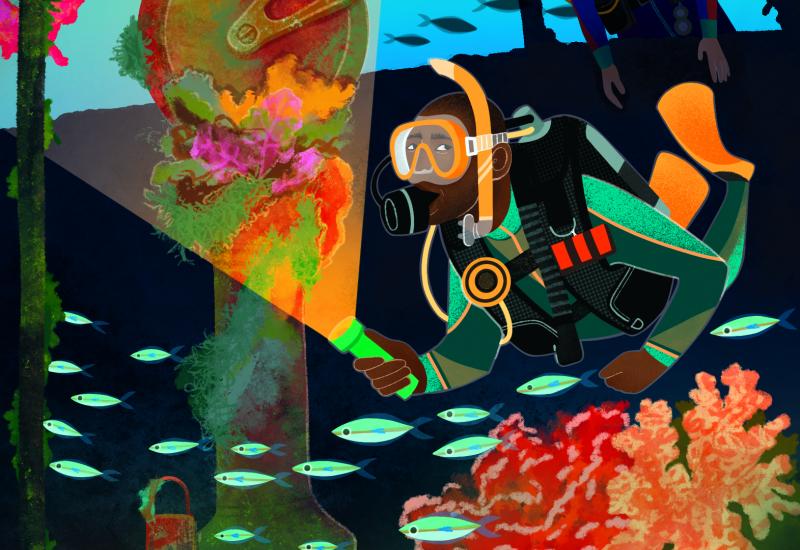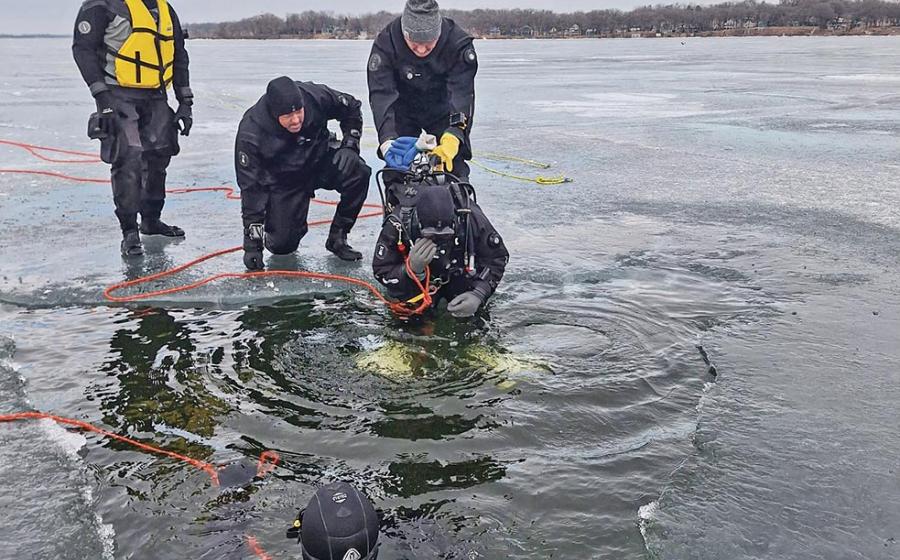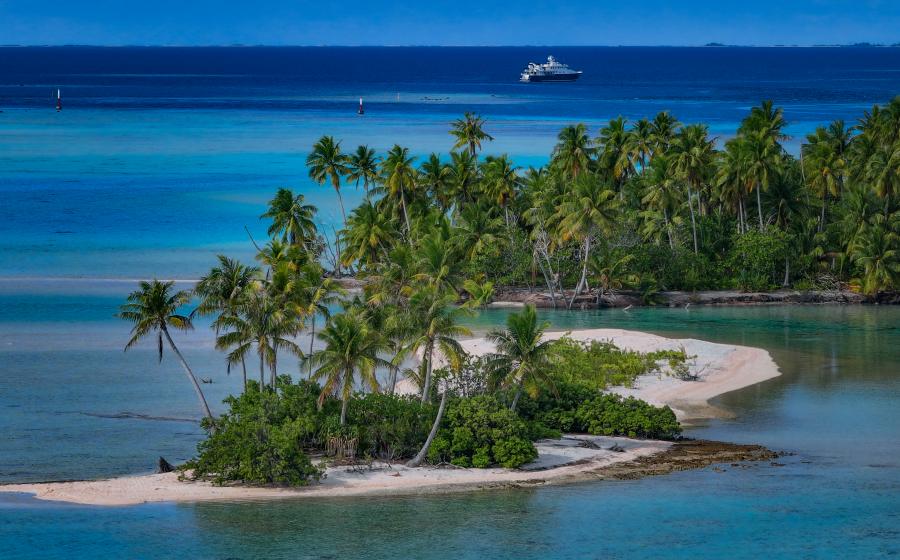How to Plan a More Sustainable Scuba Diving Trip
As a scuba diver, it’s easy to think you’re an individual without much impact on a destination. Still, the world lost 14% of its coral reefs between 2009-2018, a phenomenon only likely to increase as the planet continues to warm. Many travelers have started to reconsider how they travel after the pandemic’s initial travel lockdowns showed the surprising effects of reduced human activity.
According to Expedia Group’s Traveler Value Index, nearly three in five travelers (59%) are willing to increase their spend to make the trip more sustainable and about half (49%) will choose a less crowded destination to reduce the effects of over-tourism. If you’re looking to be a more conscientious traveler, here are some ways to make your next dive trip more sustainable from the planning stages to the actual diving.
1. Choose Your Destination with Intention
Before you get on a plane, do your due diligence in picking a location that’s actively seeking visitors. Hawaii was literally begging tourists to stay away last year amid a pandemic boom after restrictions were lifted. It can be as simple as googling your potential location and “overtourism” to check the media coverage.
While you’re searching, see if there are marine parks or similarly protected areas in the vicinity. How large are they? Were they established a decade ago or more recently? This helps give you a sense of how long sustainability practices have been in place, how ingrained in the local communities they might be, and of course, the quality of wildlife and habitats you can expect.

Shutterstock.com/Ethan DanielsA diver hovers above a rocky Costa Rican reef on which a seastar clings.
Consider destinations on a national level as well. “Research governmental support for sustainable initiatives. For example, Costa Rica is almost fully run on renewable energy and much of the natural land is protected,” said Olivia Fuller, a marketing manager for Ultimate Budapest who is currently studying for a degree in Sustainable Tourism Management.
2. Once You’re There, Stick Around
There’s often a temptation to see as much as you can on a trip to make the most of it. But transportation is one of the largest contributors to greenhouse emissions. Next time, resist the FOMO and embrace getting to know a place (and community) more deeply.
On a recent trip to Belize, my dive buddy r and I started out on the island of San Pedro with the intention of hopping around to other islands. But once we were there and got our bearings, we realized there were more dive sites than we could hope to possibly see in our two weeks and moving would only mean longer boat rides to those same sites. Being flexible in our itinerary meant we could stick around, get to know the local area better, and spend more time doing what we love.
3. Date Your Dive Shop

PADIDivers board a boat in Utila.
Finding the right dive shop for your skill and comfort level is difficult to do remotely in advance of your trip. In a routine reminiscent of speed dating, my diving partner and I like to research and visit several places before picking one. You can start to narrow down the list though before you get to your destination. From what they say (or don’t say) on their website, to reading reviews, and yes, messaging the shop itself (many are on Whatsapp now!), you can do a little digging to identify one you’re comfortable with. Here’s a checklist:
• Source a list of dive shops. Through Google, TripAdvisor, or PADI’s locator tool.
• Really read the reviews. Not just to see if they’re five stars, but scan for mentions of safety procedures, equipment quality, and sustainability practices. Usually, these go hand-in-hand for a quality dive shop.
• Check out the website. Are there mentions of sustainability commitments, certifications, or volunteer initiatives? Take these with a grain of salt as not every place has the resources to put together a website, but it’s something to look out for.
• Scout social media. What are they highlighting on Facebook? On Instagram, see what they choose to post about and what they’ve been tagged in. Do the photos show divers touching wildlife? Probably not a great sign.
4. Pack Your Own Gear or Rent?
I’ve never bothered to purchase my own gear because 1. I’m a recreational diver 2. I hate checking a bag and 3. Rental equipment may not fit me perfectly, but it’s always worked well enough. Renting gear can help reduce your emissions footprint as you travel, but every diver has different priorities and needs. If you do invest, consider these options:

Shutterstock.com/Anatoli StyfTo buy or rent gear is a personal preference. Either way, there is a sustainable option.
• Buy used gear as a more sustainable alternative. There may be a little more legwork to hunt down the best options, but it’s usually more affordable!
• Choose multipurpose equipment, like a mask and fins you can also snorkel with.
• Prioritize items that have the highest impact on your dive experience. A BCD that fits perfectly makes for a smoother and safer dive.
When planning your next trip, think again about your carbon footprint and how you can travel more sustainably. By communicating sustainability is important to you as a traveler and diver, tourism organizations and businesses will take it more seriously and invest in the infrastructure and initiatives to support it—be a part of making this more than a short-lived trend.
5. Consider Carbon Emissions
When Google Flights announced a new feature where search results show the carbon emissions of prospective trips, I thought it was a feel-good corporate gimmick. If I’m already flying, how much does it really matter from flight to flight?
However, the International Council on Clean Transportation found significant differences in the carbon intensity of flights, with lower-emitting itineraries available even for cheaper tickets. This might not always be the case, especially when considering international routes, but it does mean emissions disclosure practices should be more accessible—so we can make informed decisions and be conscious of our consumption as we travel.
6. Doublecheck the Sunscreen
Reef-safe sunscreen is a term that’s gained enough popular awareness to become a common marketing tactic, but it’s still an unregulated label that can be wildly misleading. Always check the ingredients to be safe.










